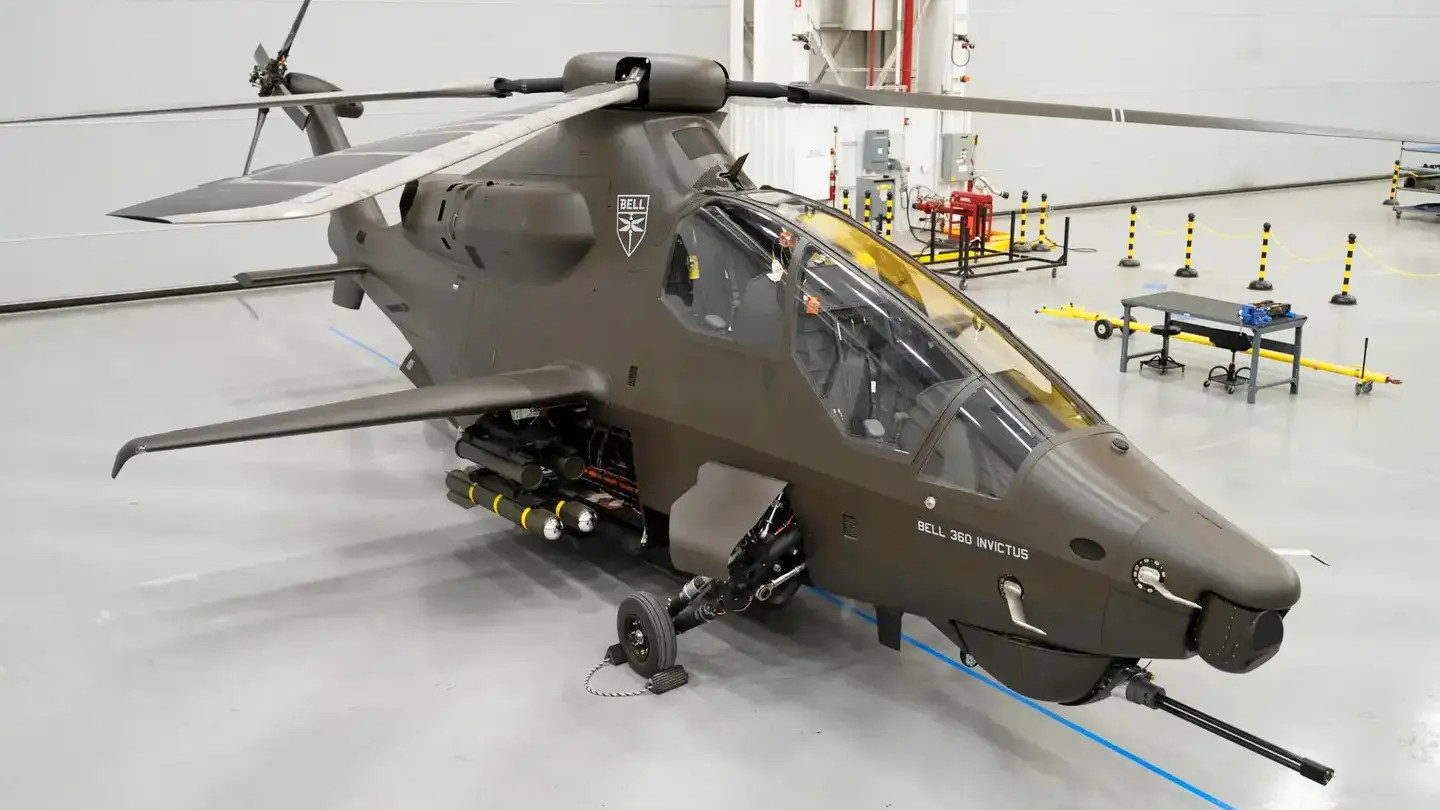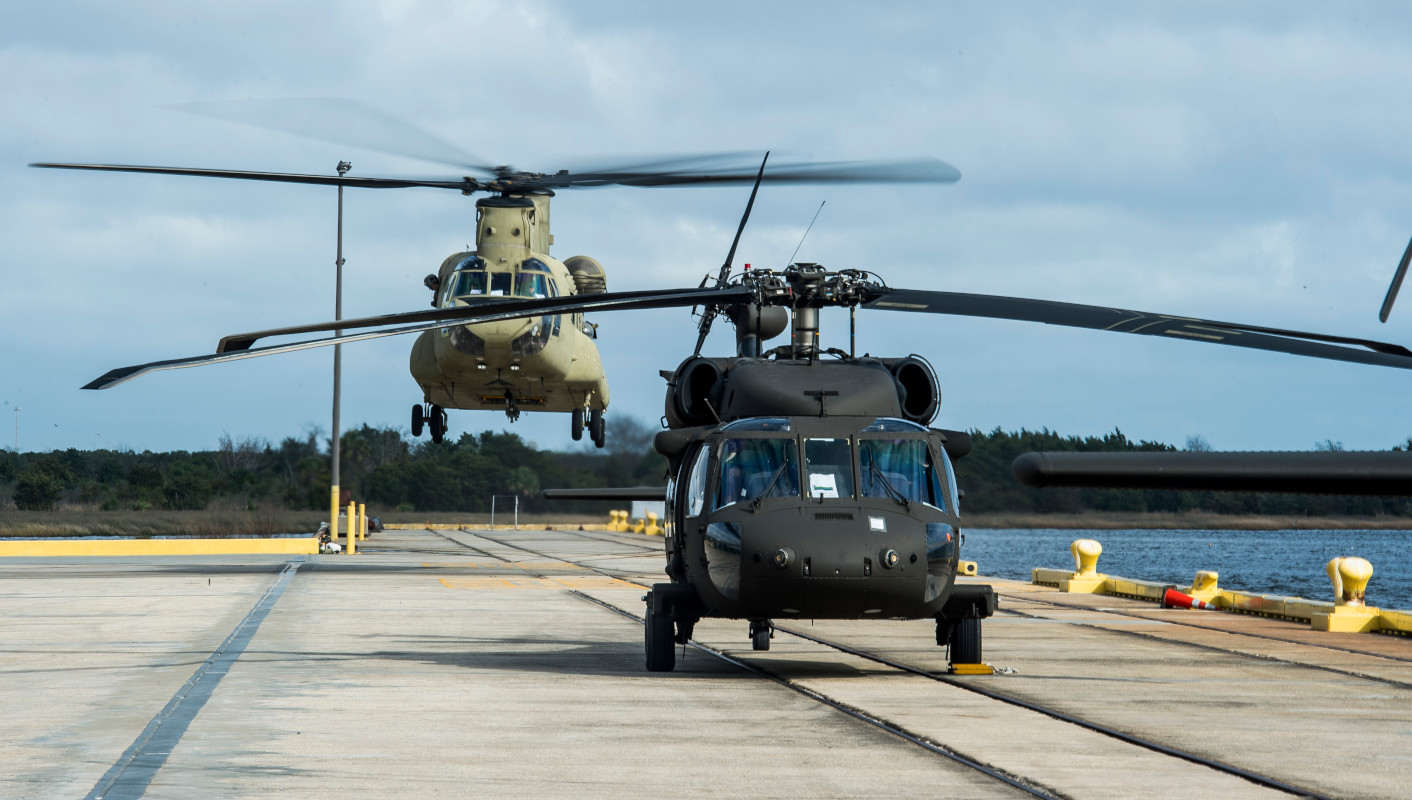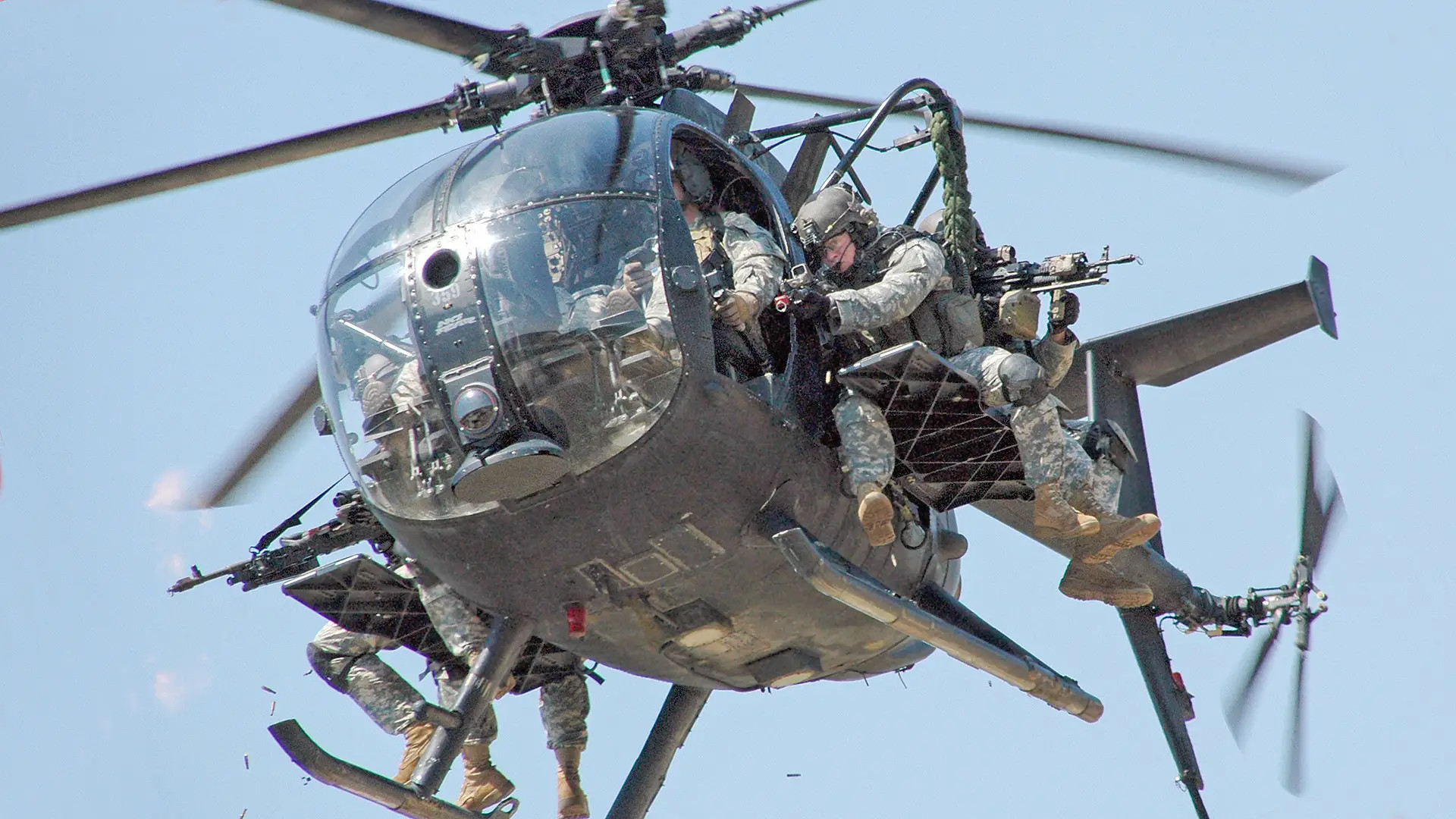The U.S. Army says it is cancelling its Future Attack Recon Aircraft (FARA) program which had been centered on the acquisition of a new type of high-speed armed scout helicopter. This is part of a larger restructuring the Army plans for its future fleets of helicopters and other crewed and uncrewed aircraft.
Sikorsky’s Raider X, advanced compound helicopter design seen at the top of this story, and Bell’s 360 Invictus, a more traditional helicopter design seen below, have been competing for FARA since 2020. The Army first announced the FARA program in 2018. FARA had ostensibly been seeking a new a helicopter to supplant AH-64 Apaches that had been assigned to certain units following the retirement of the OH-58D Kiowa Warrior scout helicopter. The use of Apaches in this role had, in turn, followed years of failed attempts to secure a direct replacement for the OH-58D.

The FARA cancellation is part of what the Army is currently calling the Aviation Investment Rebalance. The service says it will delay production of the General Electric T901 turboshaft engine developed under the Improved Turbine Engine Program (ITEP), which had been heavily tied to FARA, as part of this plan. The immediate focus will now be on integrating T901s onto existing AH-64 Apache attack helicopters and UH-60 Black Hawk utility helicopters.

The service says it remains committed to acquiring of new tilt-rotor aircraft based on Bell’s V-280 Valor design as part of the Future Long Range Assault Aircraft (FLRAA), but more on that later.

As another part of its new aviation plans, the Army will stop upgrading older UH-60 Black Hawks to the V configuration in favor of buying more new production UH-60Ms. It will also push to finally begin purchases of improved Block II CH-47F Chinook heavy transport helicopters. Both of these decision were driven in large part by a desire to sure up the associated industrial base for both the UH-60 and CH-47 series, according to the Army.

The Army will also move to divest all of its remaining RQ-7 Shadow and RQ-11 Raven drones. In turn, the service will “increase investments in research and development to expand and accelerate the Army’s unmanned aerial reconnaissance capability including future tactical unmanned aerial systems and launched effects,” according to an official release.
Still, the end of FARA is by far the biggest part of the Army’s newly announced rebalancing of its aviation programs.
“We are learning from the battlefield – especially in Ukraine – that aerial reconnaissance has fundamentally changed,” Chief of Staff of the Army Gen. Randy George said in a statement accompanying the announcement. “Sensors and weapons mounted on a variety of unmanned systems and in space are more ubiquitous, further reaching, and more inexpensive than ever before. I am confident the Army can deliver for the Joint Force, both in the priority theater and around the globe, by accelerating innovation, procurement and fielding of modern unmanned aircraft systems, including the Future Tactical Unmanned Aircraft System, Launched Effects, and commercial small unmanned aircraft systems.”
It is certainly true that the conflict in Ukraine has put a new and significant spotlight on the utility of various tiers of drones on the battlefield, as well as the threats they pose, all things The War Zone routinely highlights. The Army was already looking to acquire a host of new aerial drones, including air-launched types that can operate as networked swarms, before Russia launched its all-out invasion, too.

What Gen. George’s comments don’t mention is that the war in Ukraine has also strongly called into question the general surivability of conventional helicopters on future high-end battlefields. Both Ukrainian and Russian forces have suffered significant helicopter losses in the course of the fighting and have adopted tactics that are focused squarely on keeping those platforms as far away from potential threats as possible.
The U.S. military would only be faced with even more serious air defense threats in any future large-scale conflict, especially one against China in the Pacific. In that scenario, traditional helicopters could be of even more limited utility given their lack of range necessary to operate in a useful way across very large areas, much of which would be covered in water.
The Army’s selection of a costlier, but longer-range and higher-performance tilt-rotor as its future FLRAA platform, a decision that has continued to be a subject of significant debate, would seem to reflect these realities. The losing FLRAA entry, the Defiant X, came from Sikorsky and Boeing and was another advanced compound helicopter like the Raider X for FARA. It is possible that an armed FLRAA variant or derivative may now supplant the FARA program.

FARA’s cancellation will also impact the future of the Army special operations aviation fleets. Last year, U.S. Special Operations Command said that FARA, or a variant or derivative thereof, was expected to be the replacement for the AH-6/MH-6 Little Birds that the Army’s elite 160th Special Operations Aviation Regiment currently operates.

It is also worth pointing out that the Army’s decision regarding FARA is in line with reductions to the Marine Corps has been making to its helicopter fleets in recent years. On the Marine side, this is part of a larger restructuring of the service’s entire force structure around new expeditionary and distributed concepts of operations, which have a heavy focus on preparedness for a future major conflict in the Pacific.
There is the possibility that the Army could still be blocked from cancelling FARA by Congress. A delegation of members of Congress from Connecticut, where Sikorsky is headquartered, has already issued a statement decrying the decision.
“We are extremely disappointed that the Army has decided to walk away from the FARA program,” the statement, which also explicitly mentions Sikorsky, says. “We have been told on multiple occasions by the Army that FARA was their number one priority. This is a complete reversal of that position.”
“We are disappointed in this decision and will await a U.S. Army debrief to better understand its choice,” Lockheed Martin, Sikorsky’s parent company, also said in a statement.
At the time of writing, Bell, which as noted won the competition for the still-ongoing FLRAA program, does not appear to have issued a statement.
Regardless, the Army decision now axe FARA can only raise more questions about the future of helicopters more generally within the U.S. military and other armed forces, which is something The War Zone is looking to delve into deeper in the future.
Contact the author: joe@twz.com
